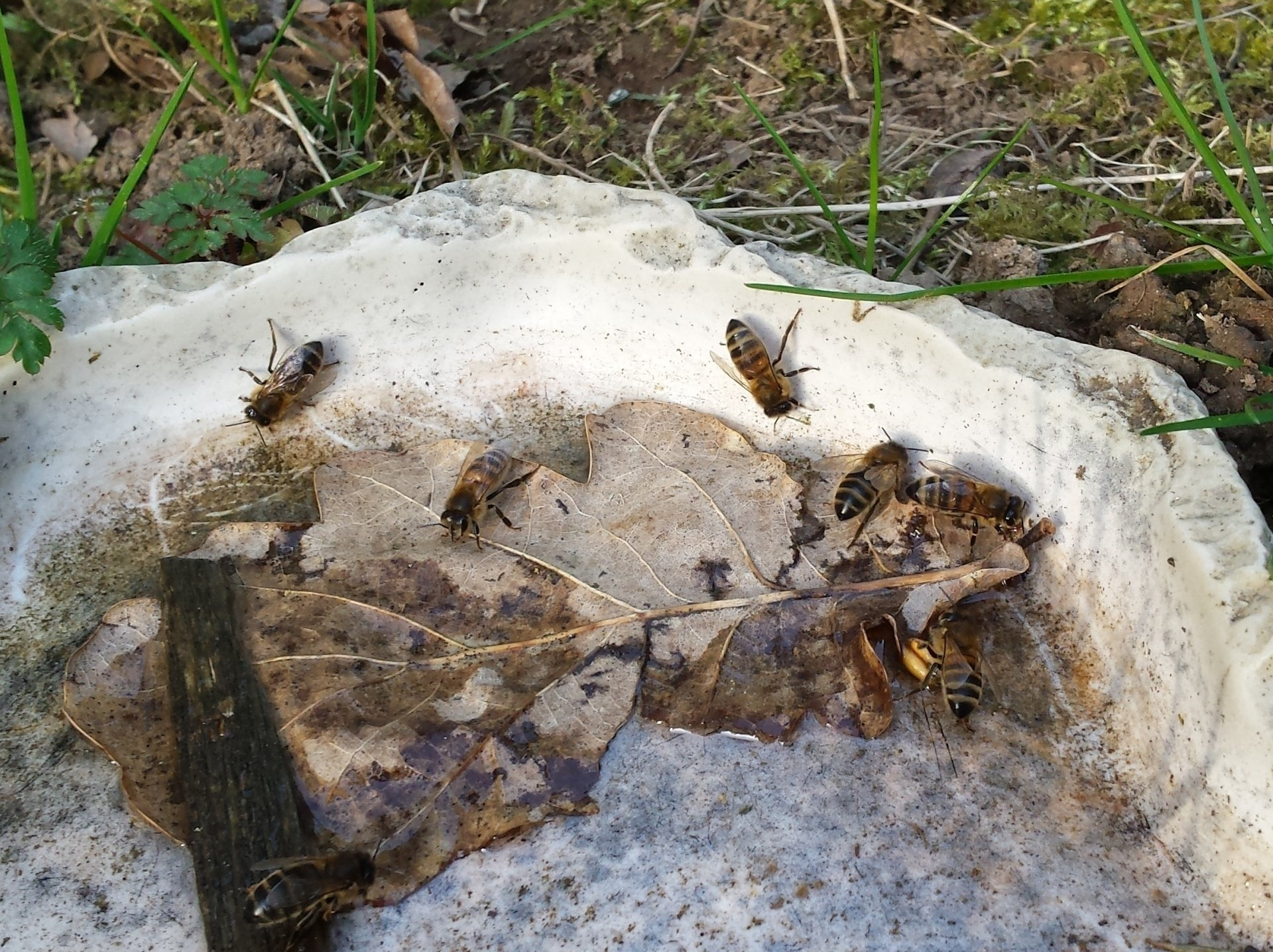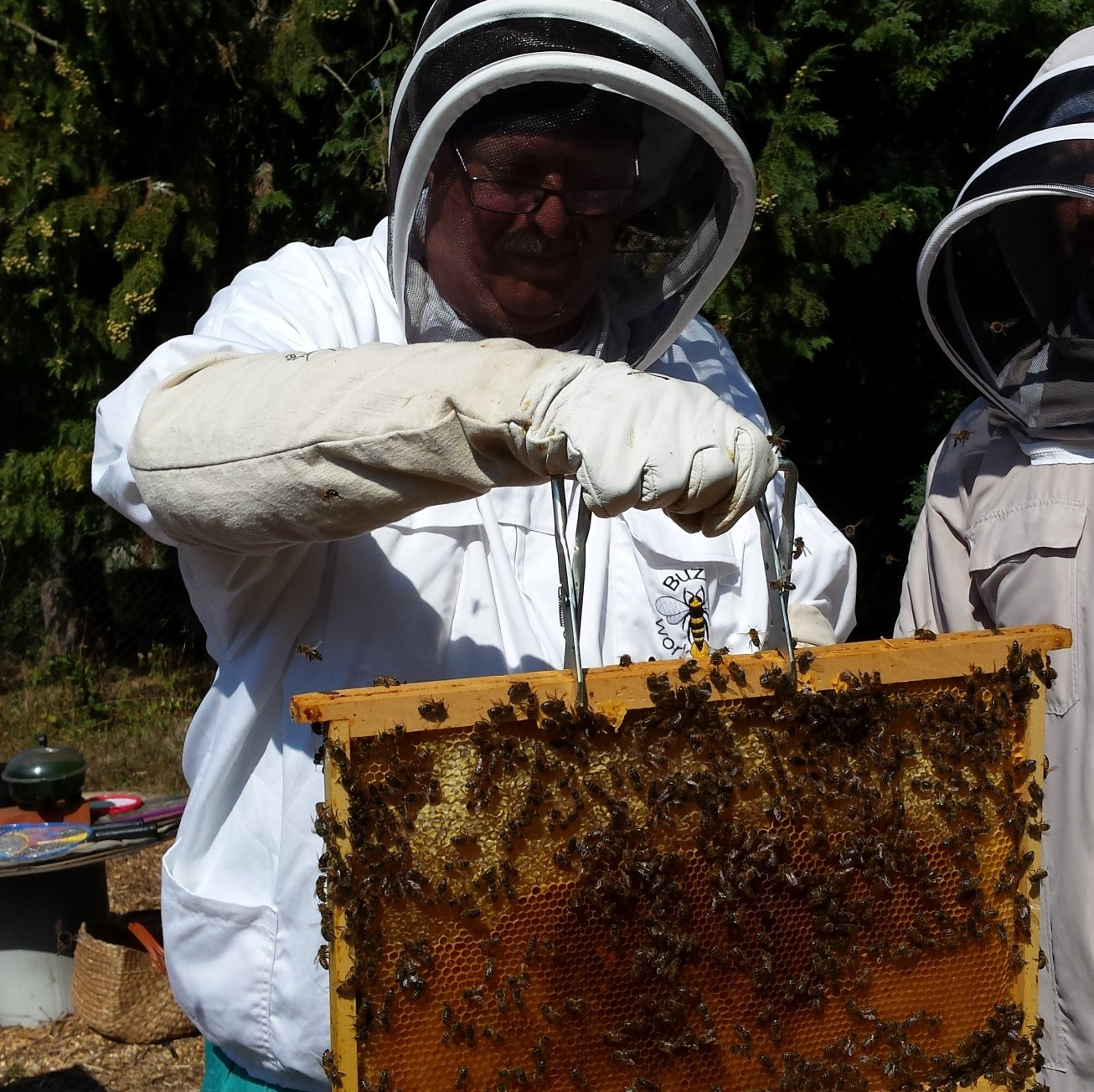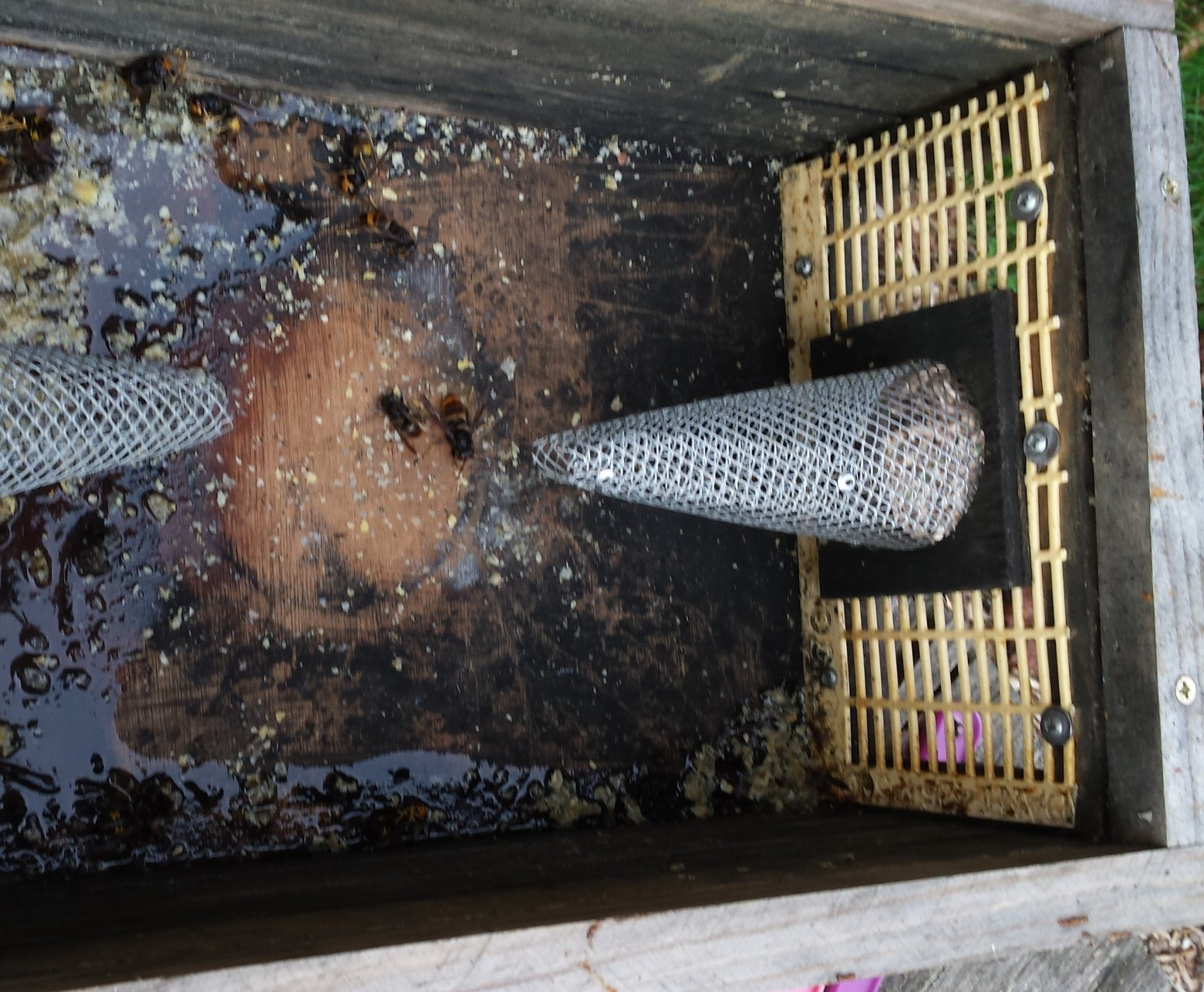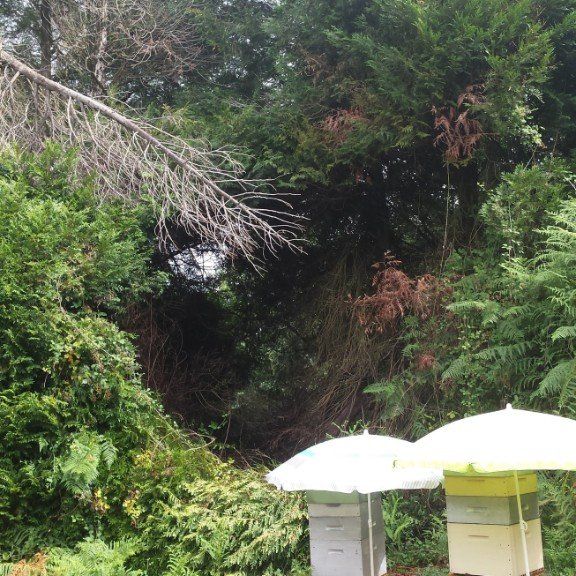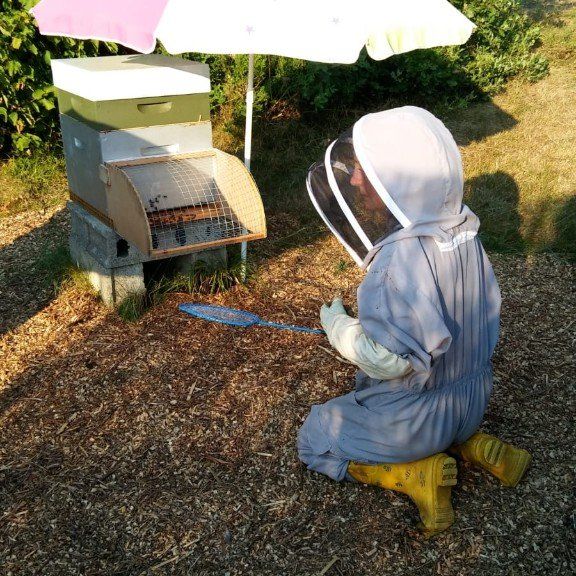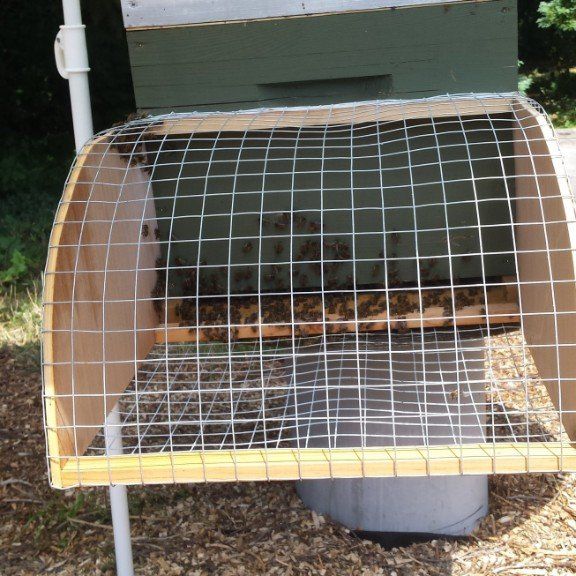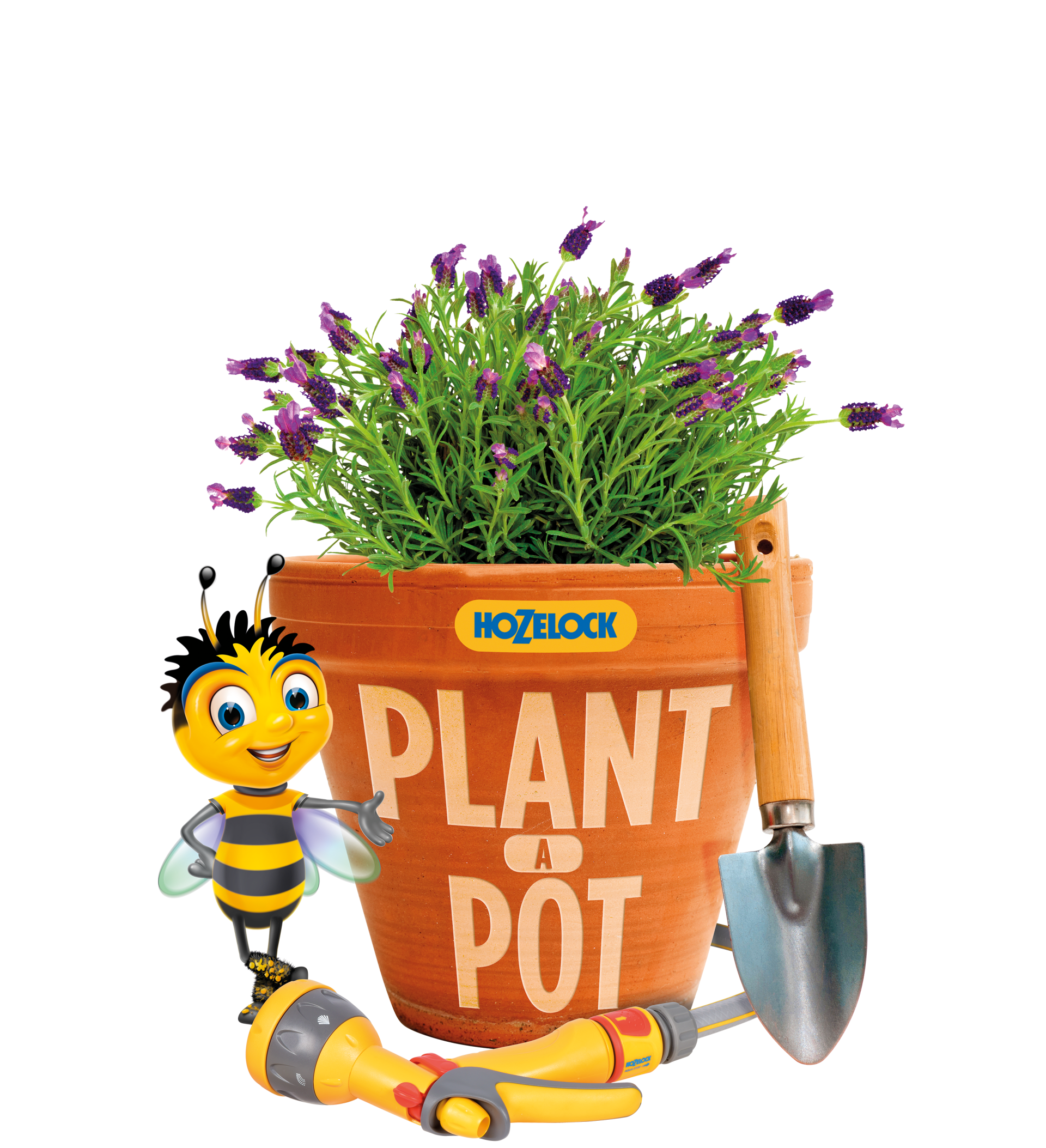Steamy Windows!
- by Thirteen Bees
- •
- 11 Feb, 2019
- •
Our heavy-breathing bees
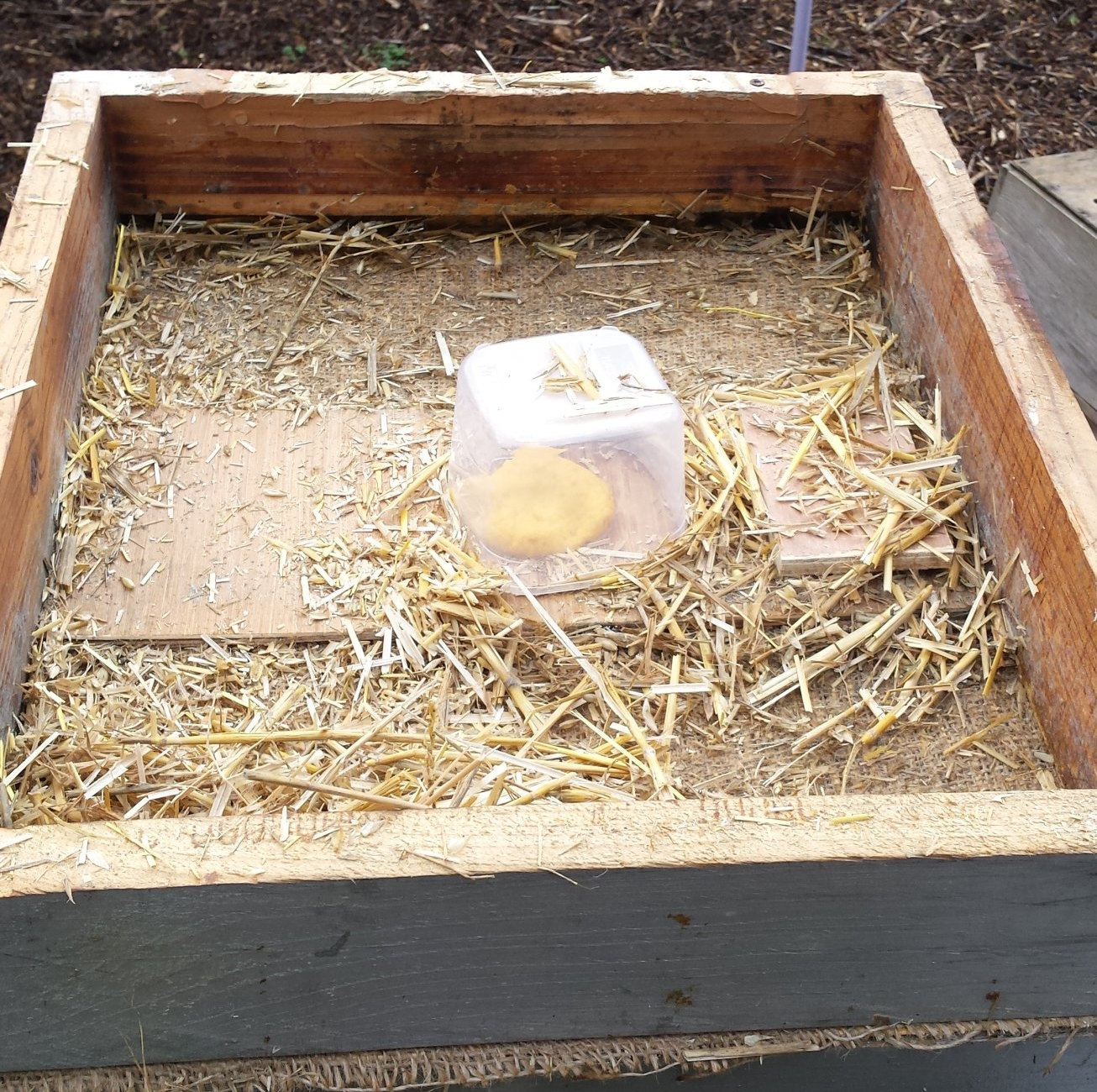
At the beginning of November we replaced the crownboards on our hives with 'quilt boxes', essentially hessian-based boxes containing dry straw in an attempt to combat any damp-related issues over the winter months. It's been found that bees breathe out a substantial amount of moisture which is trapped within the hive, condensing and causing problems such as mouldy crownboards. Damp living conditions are not good for any creatures, bees included, so we decided to trial this method of dealing with any potential problems.
The weather this winter has been a real mix of very cold, wet and windy, with some lovely sunny mild days thrown in - there hasn't been any snow as yet in our part of the Charente, but we've had some hard frosts. Visual checks of the hives show that all seems to be well with our bees so far (fingers crossed that continues), the candy is being eaten, wax cappings are in evidence on the boards under the hives showing that they are consuming their stores, and on warmer days some foragers are out on the early snowdrops and mahonia blossoms.
Most telling, though, is how damp the straw in the quilt boxes is! One of our hives in particular must have either a very strong colony living in it or all the bees are heavy breathers, as the straw in this quilt box was extremely damp. This was quickly and easily replaced with clean dry straw but it's really interesting to note that the moisture from the bees' breath (and from the warmth of the hive) has been captured in this way. It's good to know that instead of condensing on the inside of the crownboard and then dripping down onto the bees, it has been soaked up by the straw. We're pleased that this experiment appears to be working, and we look forward to greeting our hopefully healthier bees in the Spring.
The weather this winter has been a real mix of very cold, wet and windy, with some lovely sunny mild days thrown in - there hasn't been any snow as yet in our part of the Charente, but we've had some hard frosts. Visual checks of the hives show that all seems to be well with our bees so far (fingers crossed that continues), the candy is being eaten, wax cappings are in evidence on the boards under the hives showing that they are consuming their stores, and on warmer days some foragers are out on the early snowdrops and mahonia blossoms.
Most telling, though, is how damp the straw in the quilt boxes is! One of our hives in particular must have either a very strong colony living in it or all the bees are heavy breathers, as the straw in this quilt box was extremely damp. This was quickly and easily replaced with clean dry straw but it's really interesting to note that the moisture from the bees' breath (and from the warmth of the hive) has been captured in this way. It's good to know that instead of condensing on the inside of the crownboard and then dripping down onto the bees, it has been soaked up by the straw. We're pleased that this experiment appears to be working, and we look forward to greeting our hopefully healthier bees in the Spring.



